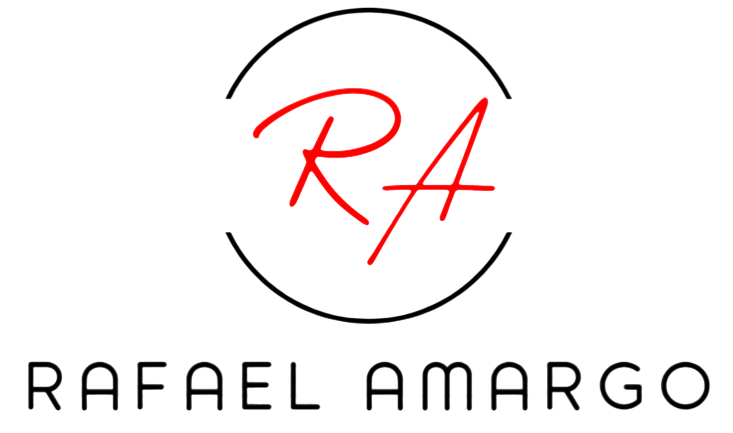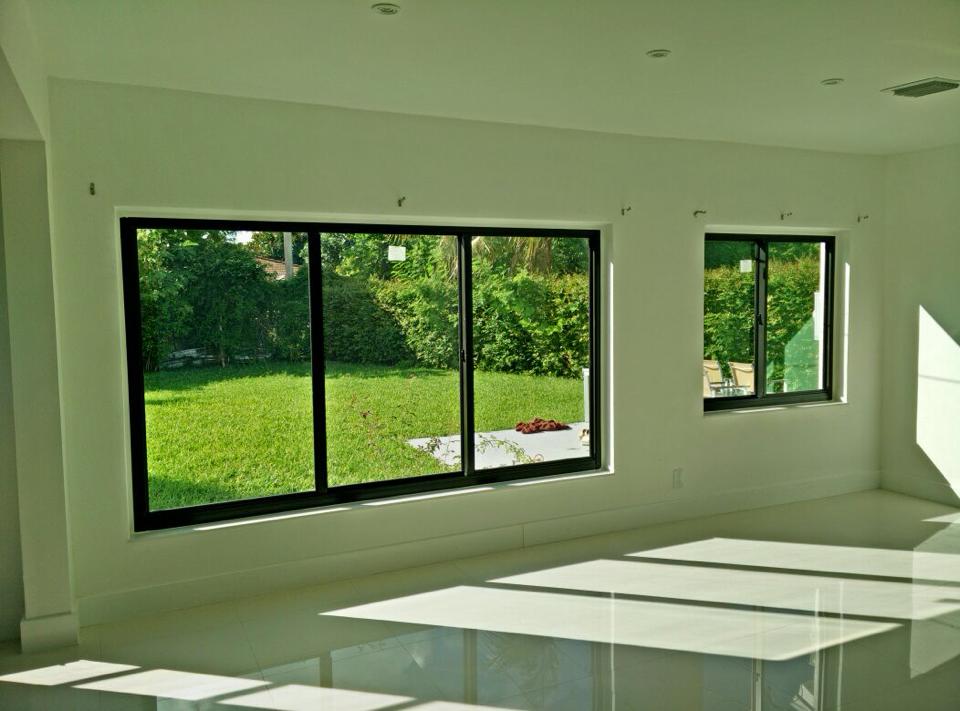
A flexible package is created from materials that can change shape when filled or closed. They are used to protect, promote, and distribute a wide range of items, both consumer and institutional, as well as in industrial applications. Flexible packaging can be made from any of the following materials: paper, plastic film, or foil, and it typically takes the form of a bag, lidding, film,liner, pouch, overwrap, rollstock, wrapping or sleeve. Buyers prefer packaging that delivers convenience, development, safety, and a more extended shelf life. The flexible packaging offers all of this as well as more. Check out these six significant perks below.
- Protects Your Merchandise.
Flexible packaging is a multi-layered design that protects food, keeps air out, and keeps fragrance in. Each layer helps to prevent and reduce deterioration by keeping products together, resulting in fresh food that you can enjoy. Flexible packaging is resilient to breakage and denting, thus products are protected throughout the transportation process!
- Reduces Food Waste.
Flexible packaging protects and increases the duration of storage of products without having to search for preservatives. As the shelf life rises, food waste lowers. This is a significant benefit, as food waste is a big issue in many countries, where billions of tonnes of food are discarded each year.

- Material And Resource Efficiency.
Flexible packaging uses less material than traditional packaging, conserving resources and contributing to sustainability. It additionally needs fewer trucks for shipment and consumes less energy during transport. This means that conservation occurs before you even buy it!
- Sends Fewer Materials To Dumps.
Although some materials, such as glass and steel, are recycled more frequently as flexible packaging, they are bulkier and contribute more package content to landfills. Flexible packaging wastes less plastic because it is lighter in weight, uses fewer ingredients than traditional packaging, and can be recycled!
- Convenience Is King.
Flexible packaging can travel where traditional packaging cannot. It is easy to open, transport, reseal, and store. It is easy to pack in your bag to bring with you wherever you go. Because it is portable and simple to store, it saves space in the kitchen and other parts of your home.
- Reusable
Flexible packaging is not only environmentally friendly and reduces food waste, but it is also reusable. According to the Environmental Protection Agency, the most environmentally conscious approach to waste management is to use fewer resources to make and reuse packaging. There are numerous ways to make use of flexible packaging.
The features of flexible packaging make life more convenient. It is easy to store, open, reseal, and carry.






